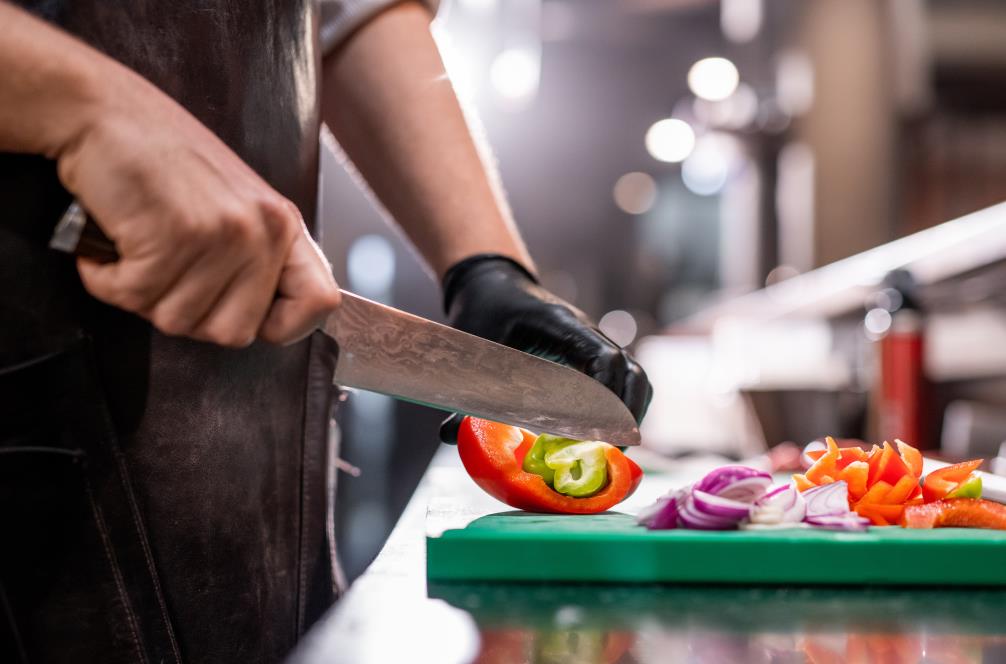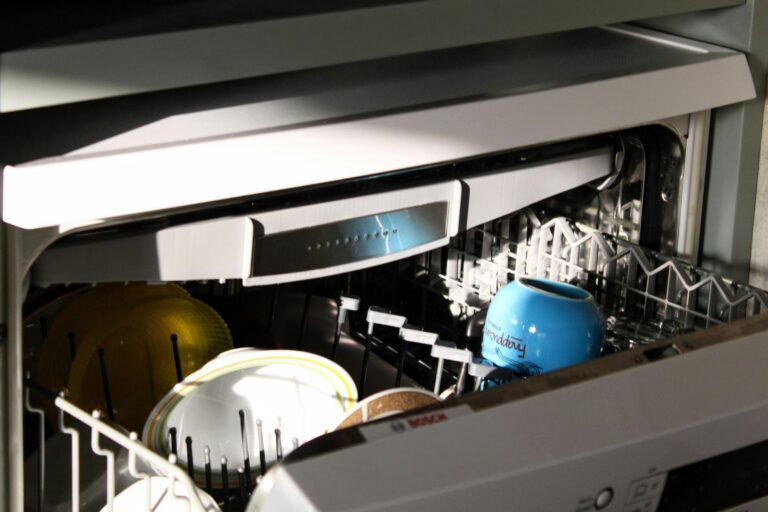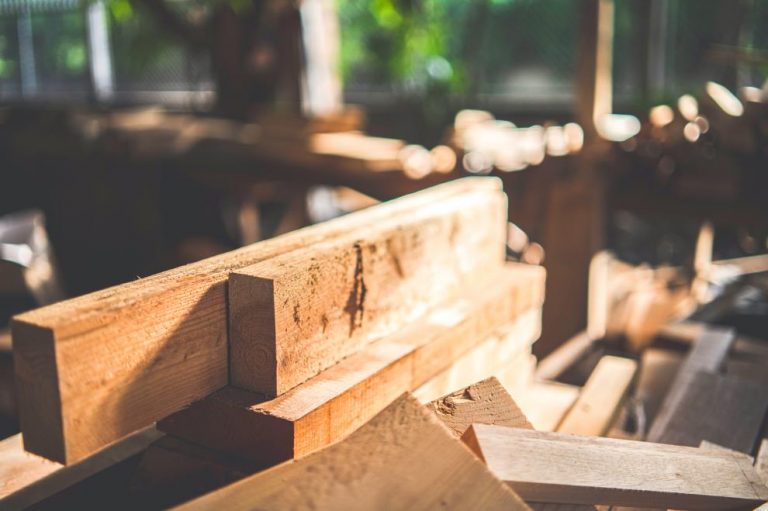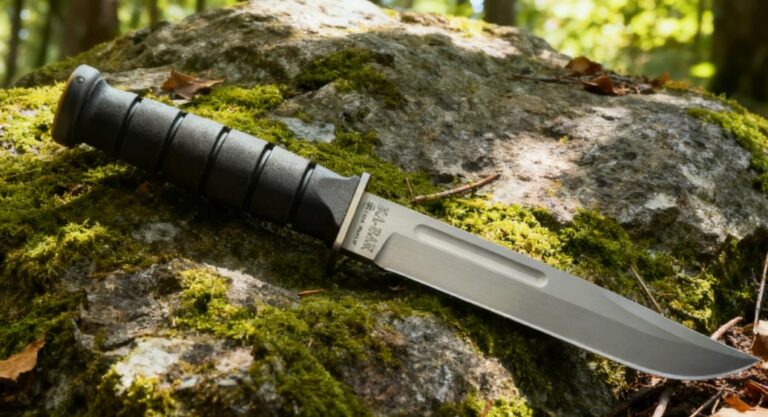Carbon steel knives, whether in the kitchen or outdoors, benefit their users with many practical traits. Sharpness, edge retention, and easy sharpening are among the few reasons why many prefer carbon steel blades over others.
These are undoubtedly beneficial features that every knife user favors, but they deliver these by demanding more care from the user. The patina developing on the blade is closely related to their care needs.
To someone that doesn’t know much about knives, patina is strange. The convenience of stainless steel blades dominates the market with their shiny looks. Carbon steel knife blades also have corrosion-resistant properties, but they accomplish it by forming a rather dark appearing patina.
Below, you’ll find everything you need to know about patina on carbon steel knives, its functions, and more.
So, what exactly is patina?
Patina is a type of corrosion but a friendly one. It’s the armor of a knife blade – mostly carbon steel blades – protecting it from further oxidation that can lead to rust.
Patina slowly starts appearing on the blade in a dark gray appearance. The chemical combination of patina is pretty much iron oxide. It can also contain other chemical compounds, like sulfur and ferric nitrate, or other carbonates, sulfates, and oxides.
Although a form of oxidation, patina is food-safe. You shouldn’t worry about patina touching food, though it may affect the taste and appearance if it’s not developed well. The type of oxidation anyone should worry about is rust, not patina.
How is patina different from rust?
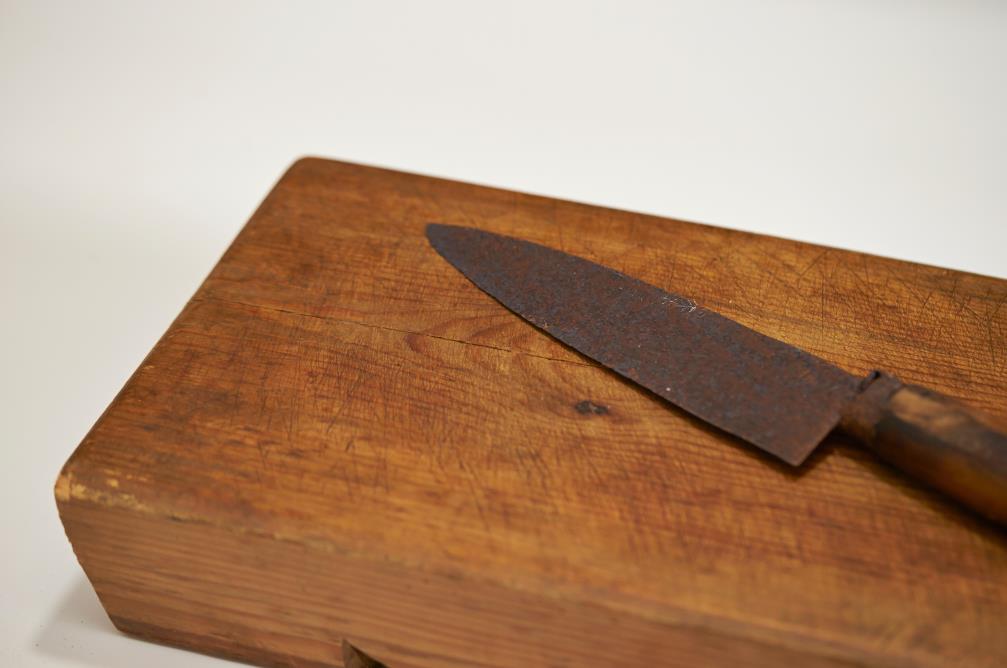
Chemically, visually, and functionally, rust and patina are very different. If patina had a similar effect on knife blades as rust, we wouldn’t take it so lightly.
Patina and rust are both oxidations, at least from a chemistry standpoint. However, while one isn’t harmful to you or the blade and affects it in a good way, the other has severe consequences. Rust is like a plague, eradicating all the metal when present. Patina doesn’t harm the blade or anything you cut with it.
Rust has an orange-brown look, and the patina is usually dark gray, almost black.
Why does it happen to carbon steel blades?
Any metal that doesn’t have alloying elements in its chemical composition that makes it resist corrosion is susceptible to patina.
Carbon steel, by standard, doesn’t have many alloying elements that enable it to resist oxidation. Therefore, it’s more sensitive to patina, rust, and other forms of corrosion.
For example, stainless steel has large amounts of chromium present in its chemical composition. Some stainless steels have up to 20% chromium, enabling them to resist corrosion superbly. This isn’t the case with carbon steel as it doesn’t have any, clarifying why patina forms.
Buy Wholesale Knives and Start Scaling up with Us Today
Contact us and connect with a sales rep to get a free quote.
What does it do to the knife?
Patina develops on the blade’s surface that acts as a barrier, preventing it from further oxidation. A carbon steel knife blade will react as soon as it touches something that promotes oxidation, such as water, acids, or even the oxygen in the air.
That’s why storing carbon steel knives with a coat of mineral oil on the blade is recommended; to prevent the surface from reacting with the moisture in the air. Read more carbon steel care tips from here.
If patina didn’t develop on the blade of a carbon steel knife, the oxidation would penetrate deep into the blade. At that point, it would start doing more harm than good.
Overall, patina is there on the surface to prevent the blade from further oxidizing. It drops the likelihood of rust formation significantly while adding character to the knife by showing its age.
How to form patina on a carbon steel knife
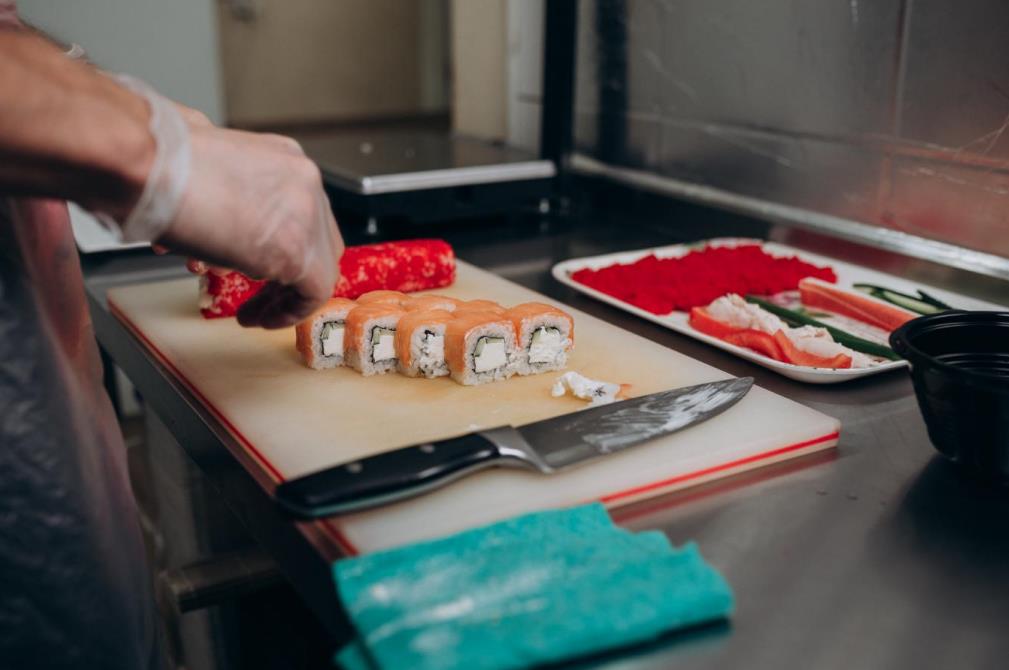
Considering how helpful the patina is and the protection it provides to carbon steel knives, speeding up this process is much better. It will eventually start forming even if it isn’t forced, so it’s best to do it yourself and make it happen in a controlled way.
Natural use
Even if a carbon steel knife doesn’t get any use, it will form a patina slowly but surely. The moisture in the air alone can speed this up. If you live in a humid climate, the patina will develop even faster
Assuming the knife gets at least some use, the liquids in the things you cut, washing, salts, and pretty much anything else will react with the blade. This will speed up patina forming. Certain foods like oranges and tomatoes will contribute to this a lot more due to the citric acid found in them.
That said, even regular use will trigger the iron in carbon steel to form a patina. It might happen slowly, but it will get there ultimately.
Force the patina to emerge on a blade
Since patina will emerge on the blade at some point, forcing it will get the user there quicker. There are several ways to force a patina on a carbon steel knife, but the idea and how it’s done are the same – what changes are the tools used. Here is how to force patina step-by-step.
Tools needed: Regular store-bought mustard (as an activator), Q-tip (for application), and paper towel.
- Apply a thin layer of mustard on the blade of the knife using Q-tip.
- Let the blade react to the mustard for about 10 to 15 minutes. The longer the mustard stays on the blade, the darker the patina will come out.
- Wipe the mustard off the blade with the paper towel and go for another round if necessary.
Note that leaving the mustard on the blade for too long can do more harm than good. Forcing patina on a carbon steel blade should be done slowly, without using too much mustard or another activator. The type of steel used for making the knife also matters. For example, steels with zero alloying elements that help with corrosion resistance, like 1095, don’t take long to show when forcing patina.
Additionally, white vinegar is an excellent substitute for mustard. However, the application method changes when using liquids to activate the patina-forming reaction.
Instead of using a Q-tip, a paper towel soaked in white vinegar to cover the blade works a lot better.
Getting creative with patina
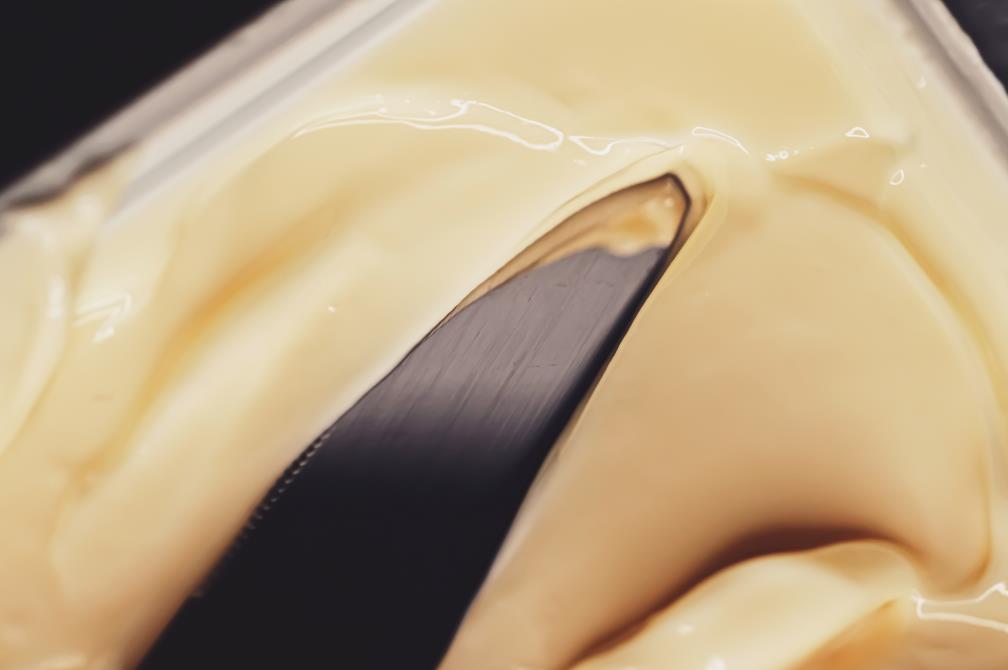
Rather than coating the entire blade, it’s possible to get creative with forming a patina on carbon steel knives. It’s easier to create your designs using mustard, like a cross-pattern, wiggly lines, or even names.
However, it should be applied to the blade tightly regardless of the design. For example, writing down your name and leaving large spaces won’t be ideal.
The parts without patina will go darker over time, and so will the patina in the forced areas of the blade. Even after months and years, the forced patina will show itself, maintaining the design to a large degree.
How to remove the patina?
Patina can be removed just as it can be forced. In many ways, removing patina from a carbon steel knife blade is no different than rust. The only difference is there shouldn’t be as much pressure on the blade to avoid scratches. Patina comes off from blades easily compared to rust.
Remove the patina with steel wool.
If the patina isn’t too strong, scrubbing the blade’s surface with steel wool can remove it quickly.
When removing patina with this method, both the blade and the steel wool must be dry. Even a tiny drop of water can cause moisture all over the blade, making all the efforts pointless.
Before starting to scrub the blade with steel wool, pay attention to the polishing grain of the blade. Scrubbing in random directions can cause scratches. Once the patina comes off the blade, rinse the knife under running water and dry immediately.
Remove patina with citric acid
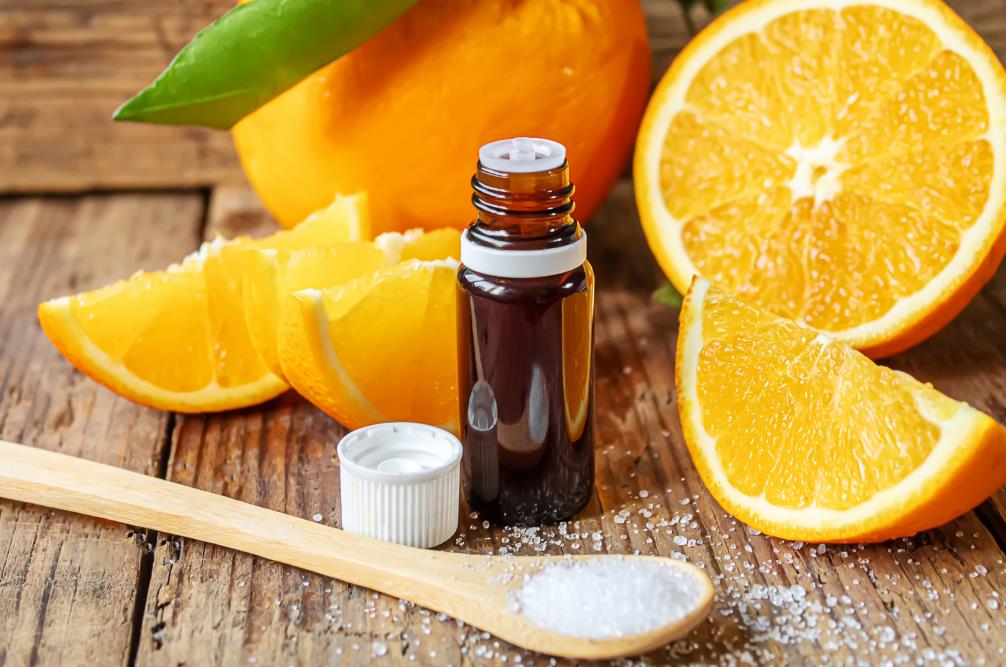
In small traces, citric acid can speed up patina creation on the blade, particularly when cutting large amounts of oranges, lemons, grapefruits, etc. Submerging the blade entirely in a citric acid solution creates the opposite outcome.
In a deep cup that fits the entire blade, add warm water and four tablespoons of citric acid, mix, and immerse the blade. Careful not to make contact with the handle, though. Citric acid can severely damage the handle, even for a brief period.
After about an hour in the citric acid solution, take the knife and scrub the blade using steel wool. This method works the best if the patina is too strong to come out using just steel wool.
These are two easy ways to remove the patina from a blade. Additionally, rust remover and metal sandpaper work just as fine, but these should be utilized when the patina is too strong to come off with the above methods.
How to prevent patina?
Preventing patina from forming on a carbon steel knife is nearly impossible. Even if the blade is completely dried after slicing a single ingredient, the reaction will happen regardless.
While it’s practically impossible, there are ways to slow down patina development. Here are a few tips.
During use:
- Don’t use the carbon steel knife on acidic foods. Instead, use a stainless steel knife.
- After you’re done, clean using dish soap and rinse under running warm water and dry the blade entirely.
- Wipe the blade in between tasks, like when you finish cutting a few small tree branches or slicing ingredients before transferring them to the pot.
When storing/not in use:
- Coat the entire blade using food-grade mineral oil.
- Use metal polish when tiny darker spots appear before turning into a more apparent patina.
Patina is very stubborn with carbon steel knives. No matter how quickly the blade is washed and dried or how often it is coated with oils, it will arise on the surface. Patina is almost inevitable, and it will take a lot of effort to prevent it.
Final words
Patina is a part of owning a carbon steel knife. Anyone using carbon steel knives should embrace it and see it as a part of the ownership. This, along with the care requirements, is the primary reason why carbon steel knives aren’t as preferred as stainless steel.
There is more to every type of steel used in knifemaking. Businesses can easily get lost when researching to pick the proper steel for the blades they’re planning to sell. If you’re unsure about anything, our staff members can help you figure out sourcing needs, including helping to choose the proper materials. Contact us right now to get your quote.
